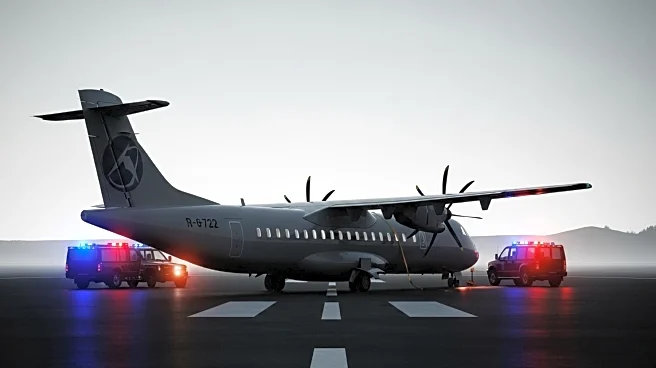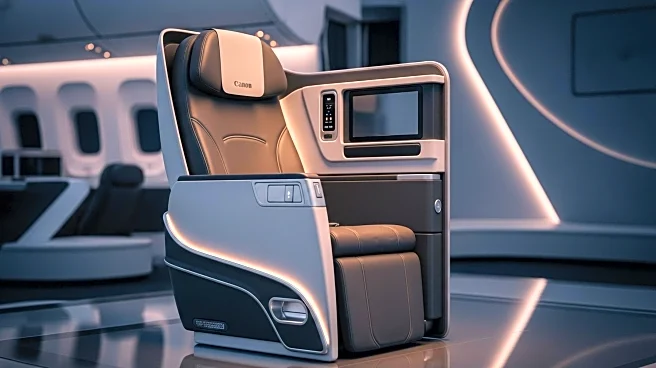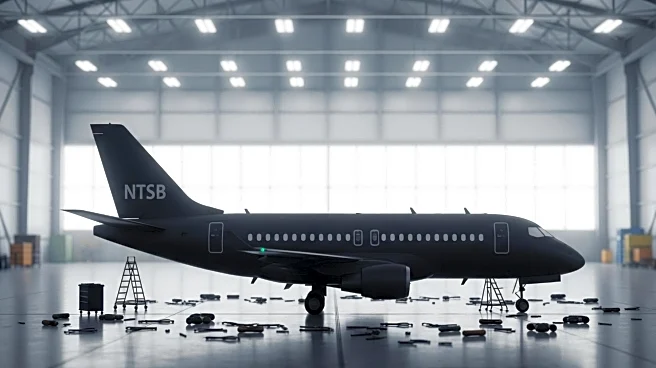What's Happening?
An ATR 72-500 aircraft operated by Norra on behalf of Finnair was involved in an accident at Helsinki Airport on August 16. The aircraft, identified as OH-ATE, was scheduled to fly to Gdansk, Poland. According to preliminary information from Finnish authorities, the aircraft's parking brake was not engaged, leading it to roll forward after engine start. As the chocks were removed, the right propeller struck an auxiliary power unit on the ground. This caused fragments of the propeller to hit the fuselage, puncturing the skin of the aircraft. The French investigation authority BEA is examining the incident, although the number of passengers and crew onboard has not been confirmed, and no injuries were reported.
Why It's Important?
The incident highlights critical safety concerns in aviation operations, particularly regarding pre-flight procedures and equipment checks. Ensuring that parking brakes are engaged is a fundamental safety measure to prevent aircraft from moving unexpectedly. This accident underscores the importance of rigorous adherence to safety protocols to avoid damage to aircraft and potential harm to passengers and crew. The investigation by BEA may lead to recommendations or changes in operational procedures to enhance safety standards in the aviation industry.
What's Next?
The investigation by the BEA will likely focus on identifying the root cause of the failure to engage the parking brake and assessing the adequacy of current safety protocols. Depending on the findings, there may be implications for training and operational procedures for airlines operating ATR 72 aircraft. Stakeholders, including Finnair and Norra, may need to review their safety measures and implement any recommended changes to prevent similar incidents in the future.
Beyond the Headlines
This incident may prompt broader discussions within the aviation industry about the reliability of aircraft systems and the human factors involved in pre-flight checks. It could lead to increased scrutiny of maintenance practices and the potential for technological solutions to prevent such occurrences, such as automated systems that verify brake engagement before engine start.












